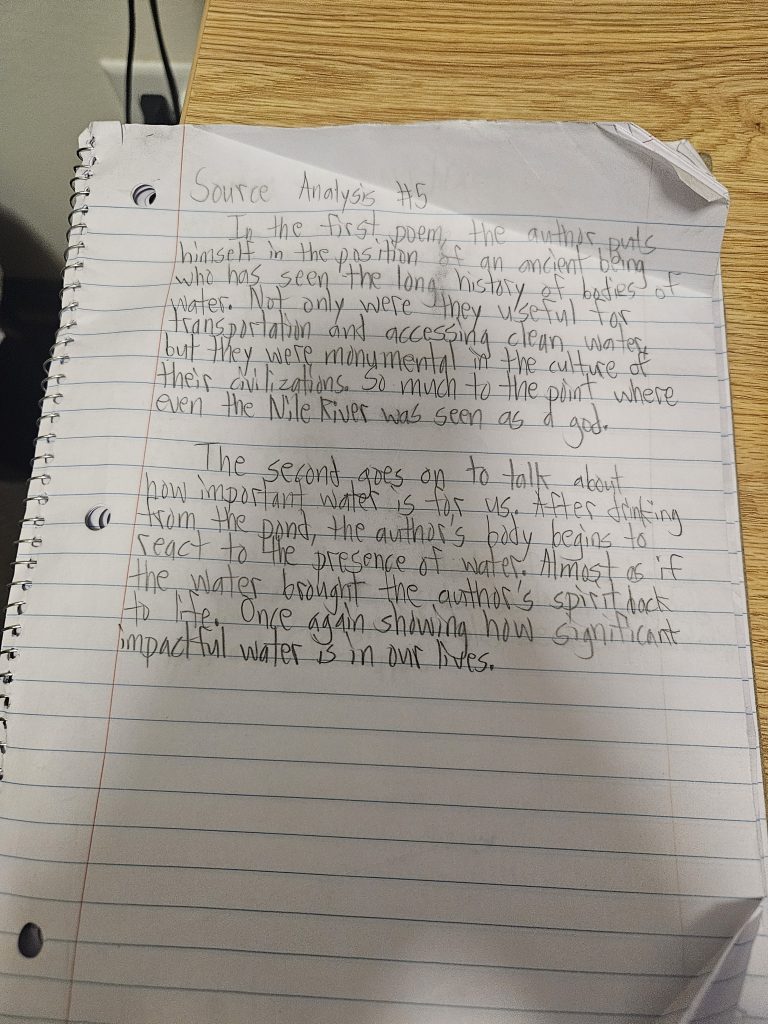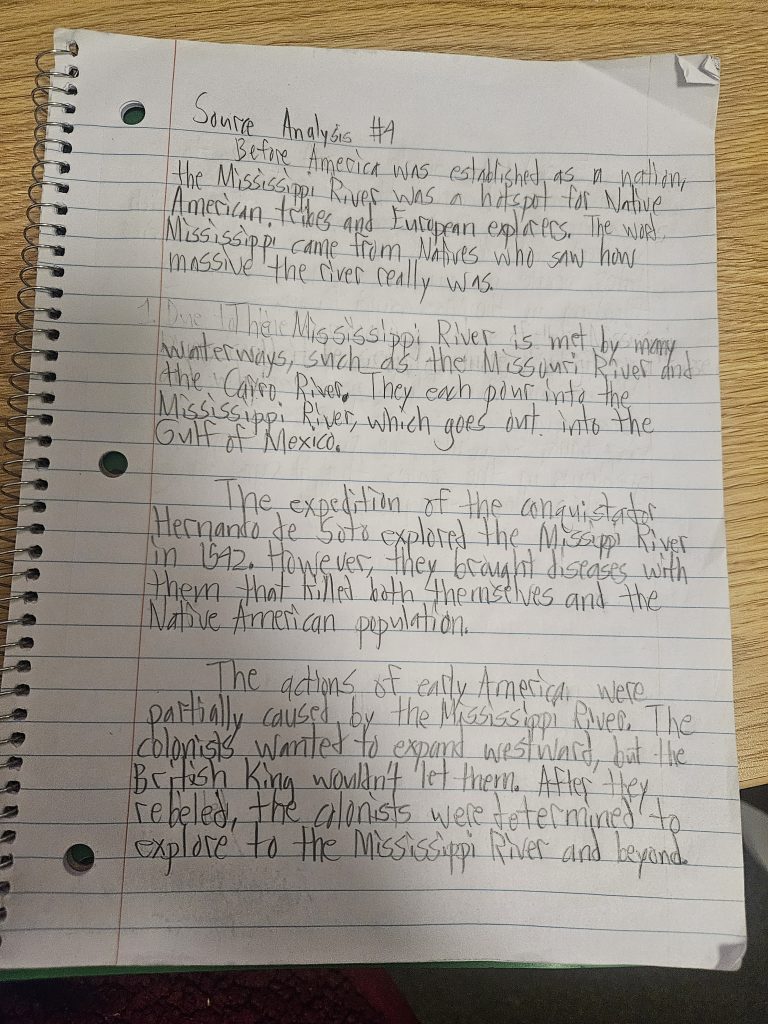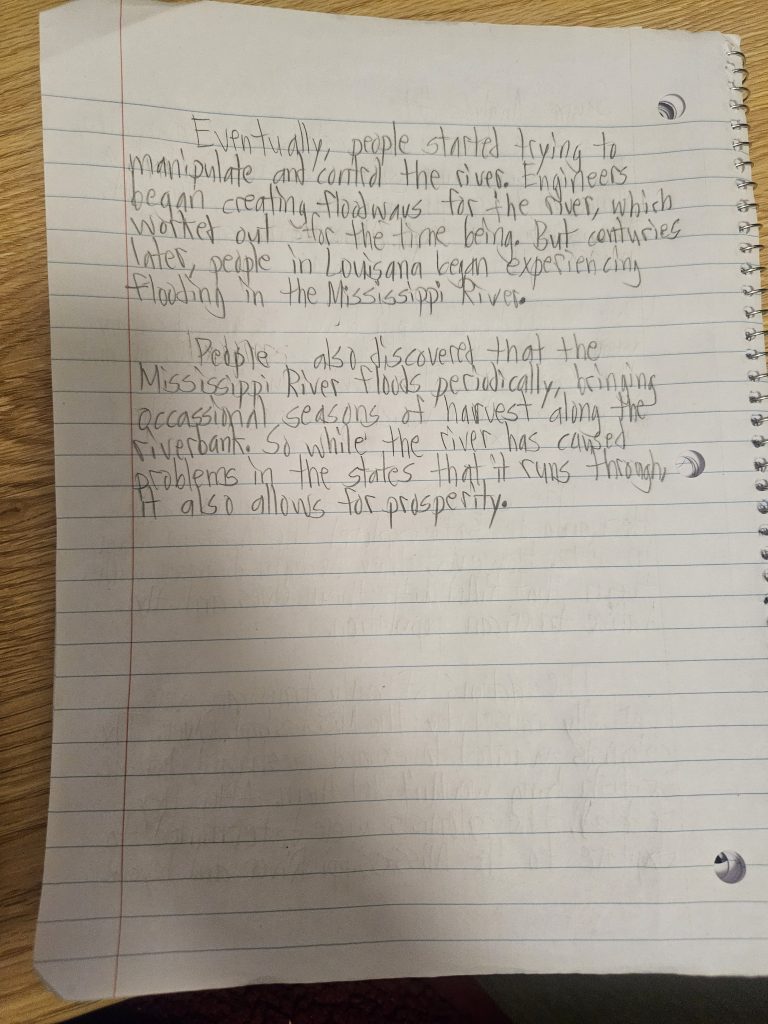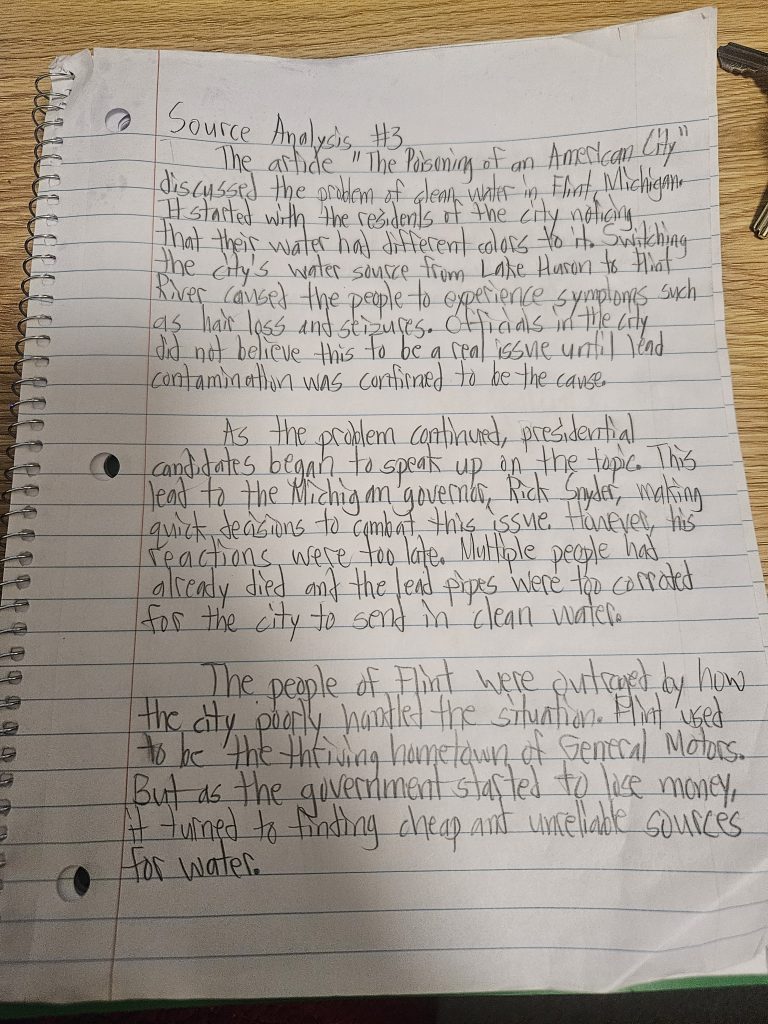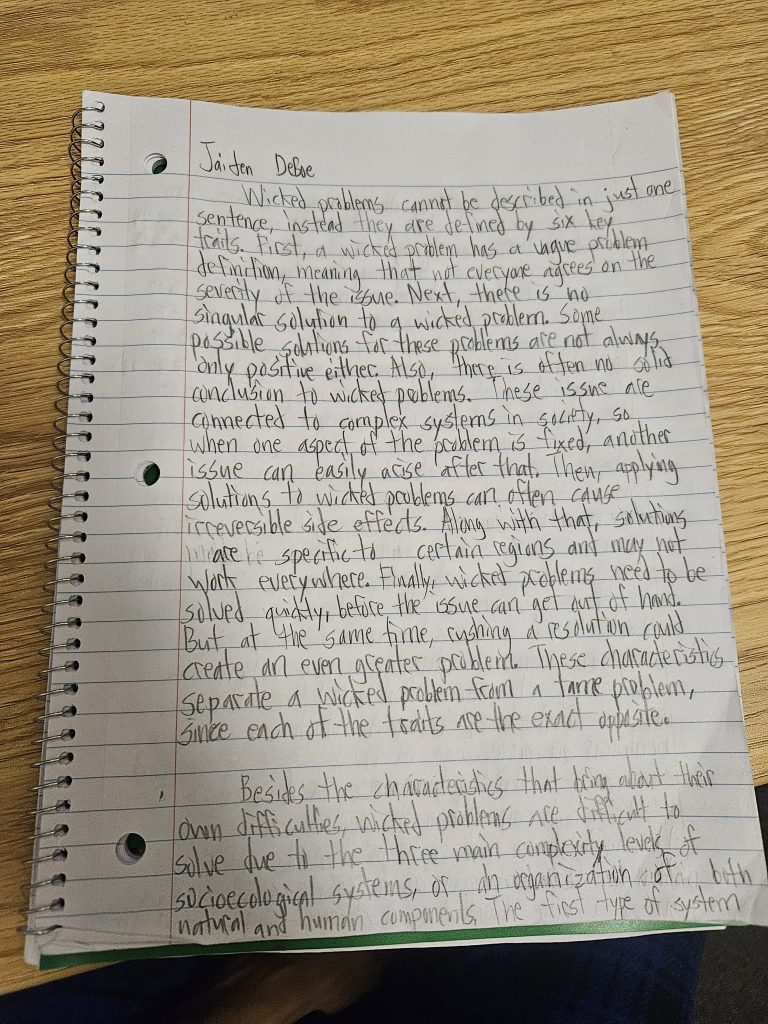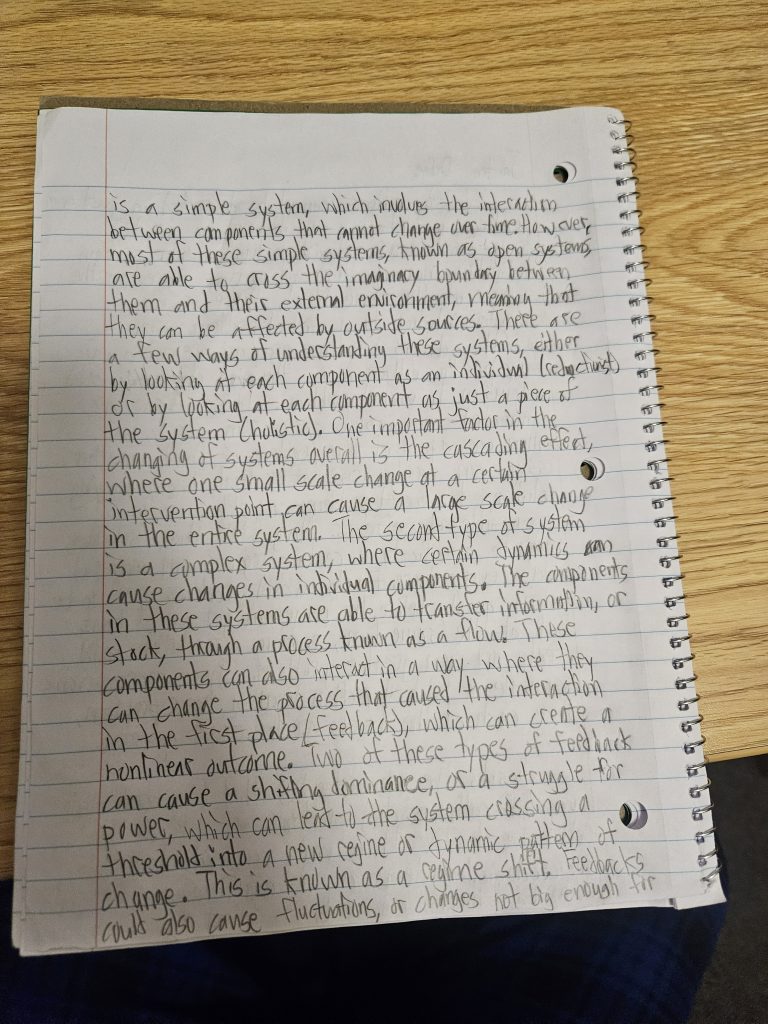In every story, there are clearly defined protagonists, heroes, and antagonists, villains. The reality of these stories is that they would be vastly different if told from the POV of the “villains”. Nobody wants to see themselves as the enemy or the bad guy in their story. Instead, we tend to try and either justify the actions that we made or sweep those actions under the rug. In the case of US history, it is clear now that we were not always the good guys. For example, our treatment of Native Americans was terrible in the late 1700’s and early 1800’s. The US government originally tried to act as if all the massacres and relocations never happened, but this did not work for long. Eventually, the government had to own up to their cruel treatment of the natives and admit that they were the bad guys in this situation. However, the concept of “good” or “bad” is often based on the perspective of the audience, an idea that is explored throughout Bruce Upholdt’s “The Great River”.
For most novels or pieces of literature that discuss the old relationship between the US government and Native Americans, they are often told in the perspective of the natives, in order for the audience to get the best glimpse of how bad the US treated them. “The Great River” is not like these texts though. Bruce Upholdt’s piece actually starts out with the point of view of a group of settlers reaching the Mississippi River. As the story progresses, it becomes apparent that the settlers did not want anything to do with the land near the Mississippi Valley. “He seemed unimpressed, repeatedly grading this floodplain territory as second-rate land. Robbins, too, had his doubts: when his former general offered a patch of the Arkansas floodplain as a part of his ‘war bounty,’ the surveyor declined, figuring it would be too much work to wring out a profit” (72-73). The groups of explorers that were sent out to survey the new land first thought that the land could not be profitable due to its depth and its cluster of bushes and trees. Not everyone shared this same opinion though. President Thomas Jefferson, the man who was encouraging settlers to explore the Mississippi River, believed that it could serve as an “empire for liberty” (75). This ideology led Thomas Jefferson to suggest the removal of natives from their tribal lands, a proposal that kicked off decades of mistreatment. Perspective is most important in this. While the settlers and Thomas Jefferson may not see themselves as the bad guys yet, since they are just trying to explore the land that they won from the British, the actions that they take to do so make them a bad guy for the natives who have been living there for hundreds of years.
Along with giving a description of the settlers who traveled to the Mississippi Valley, the author also shows just how influential the Mississippi River was too. Even though President Jefferson wanted the river under US control, the Mississippi was not exactly “all good”. “A bad flood had liquefied forty miles of land, and even after the waters receded, there would be hazards to contend with: ‘the poisonous effects of Half dried mud, putrid fish, & Vegetable matter-almost impenetrable cane brakes, and swarms of mosketoes,’ the surveyor wrote” (82). The Mississippi River had a history of flooding, which often damaged the land around it and brought along other problems. Once the government began to realize how often these floods can occur, systems were put in place to try and “control” the once revered river. However, Jefferson was not the only man who truly admired the river. The author makes a quick nod to an account of a settler named Fink, published by Morgan Neville in 1828. In this story, Fink strives to live a peaceful life in the wilderness, while ironically killing any Indigenous person who got in his way. Once this narrative was sent throughout the country, it not only portrayed the idea of opportunities out west, but also the idea that the natives were insignificant.
The author goes on to talk about how tension between the Native Americans and the US government grew harsher. While the settlers continued to get into confrontations with the natives, the US was once again waging war against Great Britain. In the War of 1812, the British returned to America, and this time, they recruited local soldiers to help them win the war. “Many Indigenous people, subscribing to the theory that the enemy of my enemy is my friend, had allied with the crown. Two Shawnee brothers-one a prophet, the other a soldier-set up the headquarters for a burgeoning anti-American movement in the unconquered territory along the Wabash River” (83). With supplies from Britain, the natives were finally able to fight back. But this was only the beginning of the conflict. The war was ended by General Andrew Jackson at the Battle of New Orleans in 1815, who would later go on to continue his attacks against the Native Americans. After Andrew Jackson was made president in 1829, his violence towards the natives shifted from small battles to massacres and large relocations. The author clearly wanted the audience to realize that the mistreatment of the Native Americans was not just a single centralized occurrence. Rather, it was a slow progression from negotiating to outright murdering innocent natives. It was a cycle that continued from president to president, from war to war, for over a century.
Many people often wonder why settlers, and later the US government, could order for the killing and relocating of thousands of Native Americans for tens of years. Bruce Upholdt does a great job at answering this question by first showing the perspective of the “bad guys”. The members of a young country who were determined to carve out their own destiny by taking the resources that laid out west became lost in their ambitions and started to put conquest over the lives of native populations. It is important to note that throughout all of this, neither side saw themselves as the villains in this conflict. Each group was simply looking out for their own interests. The US government just let their arrogance and self-entitlement drive them to greater lengths. Which is why it is important to always look at a situation outside of your own POV. If not, you could end up as the villain of your own story without even noticing it.
